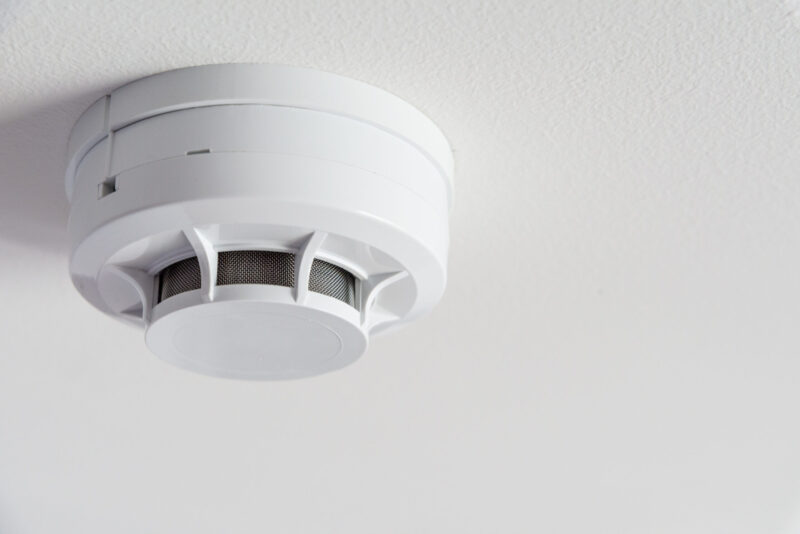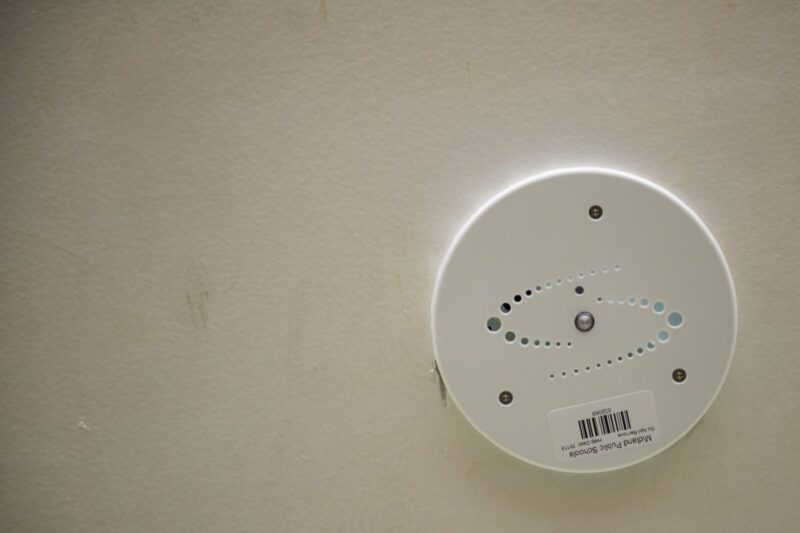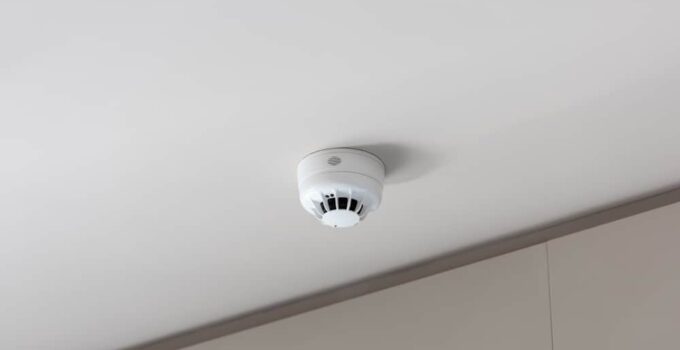Understanding the vitality of maintaining indoor air quality (IAQ) is crucial for businesses. This encompasses the ambiance, the health of the occupants, and notably, the air we breathe while indoors. Within this sphere comes the rise of a technologically advanced method, the vape detector, aiming to detect and control the quality of air indoors.
Page Contents
Understanding Indoor Air Quality (IAQ)
Indoor Air Quality, or IAQ, refers to the air quality within and around buildings and structures, especially as it relates to the health and comfort of building occupants. Factors affecting IAQ include pollutants from products, building materials, outdoor gases, and human activities like cooking, cleaning, or smoking. Poor IAQ can lead to a range of health issues, including respiratory problems, allergies, and other serious ailments.
Furthermore, inadequate IAQ can impact productivity, causing discomfort, illness, and reduced performance among employees, reinforcing the need for measures to maintain clean indoor breathe in business establishments.
The Rise of Vaping in Indoor Spaces

Source: vuse.com
Vaping has become a widespread phenomenon, boasting a perception of being a safer alternative to traditional smoking. However, its increasing prevalence poses significant challenges to maintaining pristine indoor air quality. Many establishments grapple with the emanation of vapor inside premises, affecting the overall air quality and, consequently, the occupants’ health.
Vaping indoors is not only a health concern but also brings forth regulatory and legal implications, compelling businesses to enforce stringent norms to curb indoor vaping and reinforce air quality standards, maintaining a healthy and lawful environment.
The Role of Vape Detectors

Close up smoke detector on a ceiling.
To address the challenges posed by vaping, vape detectors have emerged as a significant technological advancement. These detectors are designed to identify vapor from e-cigarettes and promptly alert the management, enabling swift action. A vape detector operates by sensing particulate matter in the outdoor gasses, discerning between smoke and vapor, and signaling alerts, making them an effective tool in combating IAQ issues.
Their role is pivotal in fostering an environment where the air is uncontaminated, fostering health and compliance with indoor air quality standards, thus serving as a bulwark against the detrimental effects of indoor vaping.
Benefits of Vape Detectors for Businesses

Source: nj.com
Businesses that install vape detectors secure multiple advantages, notably the conservation of superior IAQ and the safeguarding of employee health. These devices ensure that the indoor air remains unpolluted by vaping emissions, thus reducing health risks associated with poor breathe quality.
They also offer potential cost savings by precluding expenditures related to health issues stemming from deteriorated air quality and legal compliances. In essence, integrating vape detectors is not merely a step towards ensuring a healthier ambiance but is also a strategic approach to circumvent additional expenses and legal ramifications.
Features to Look for in Vape Detectors
When contemplating vape detectors, several key features should be prioritized. Sensitivity is paramount to detect vapor accurately. The ability to deliver real-time alerts enables immediate response, curtailing the impact on IAQ swiftly. Integration capabilities with existing systems ensure seamless incorporation into the current infrastructure.
Thus, selecting a vape detector should be a meticulous process, weighing factors like sensitivity, alerting mechanisms, and integrative potential to ensure optimal functionality and compatibility, leading to enhanced protection of indoor air quality in the business environment.





